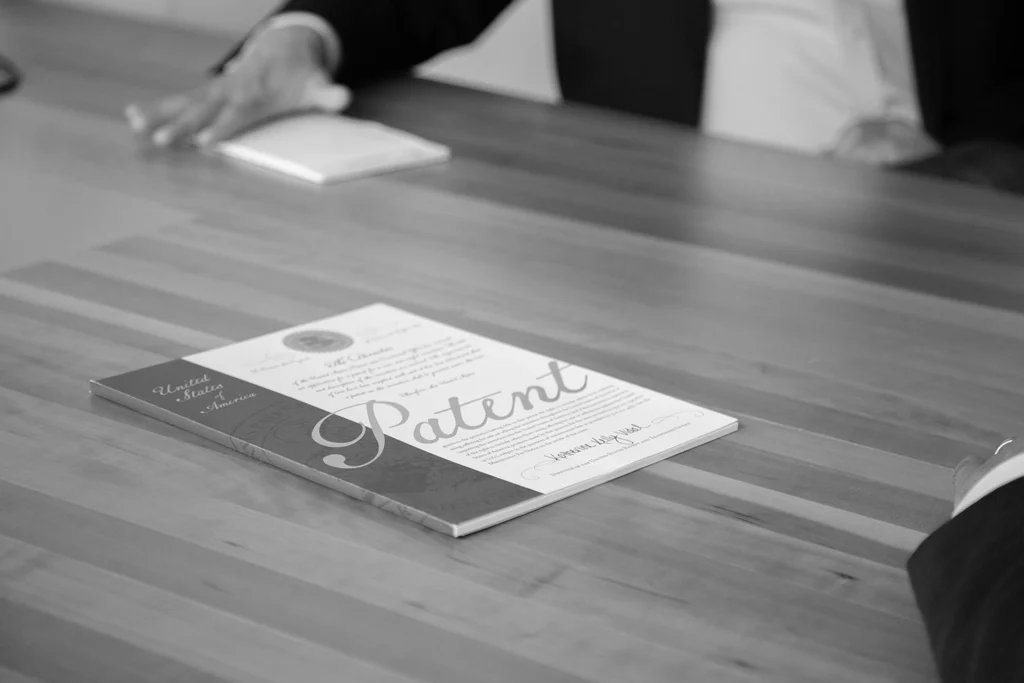In 2017, the U.S. Supreme Court in Star Athletica, L.L.C. v. Varsity Brands, Inc., established a two-part test for analyzing which elements of a piece of clothing are design elements protectable by copyright and which are nonprotectable functional elements. The U.S. Court of Appeals for the Third Circuit has now applied the Supreme Court’s decision for the first time in its jurisdiction.
The case ripens
The case, Silvertop Associates Inc. v. Kangaroo Mfg. Inc., stems from a business relationship gone bad. In 2010, Silvertop Associates Inc., doing business as Rasta Imposta, obtained a copyright registration for its full-body banana costume. Two years later, it began working with a company that bought and resold thousands of the costumes. That company’s founder, who was aware of the registration, also founded Kangaroo Manufacturing Inc.
After the relationship ended, Rasta discovered that Kangaroo was selling a costume that resembled its banana costume without a license. It sued Kangaroo for, among other things, copyright infringement. The trial court granted a preliminary injunction against Kangaroo, and the company appealed.
The appellate court slips in
Kangaroo conceded that its costume was substantially similar to Rasta’s. It claimed, though, that Rasta’s copyright wasn’t valid because the nonutilitarian pictorial, graphic or sculptural features weren’t copyrightable. Under federal copyright law, “pictorial, graphic, or sculptural features” of the “design of a useful article” are eligible for copyright protection as artistic works only if the features can be identified separately from — and are capable of existing independently of — the article’s utilitarian (or useful) aspects.
A “useful article” is an article with an intrinsic utilitarian function, which more than merely portrays the appearance of the article or conveys information (for example, a piece of clothing). Useful articles themselves aren’t protectable by copyright. The Third Circuit easily found that the banana costume is a useful article, and turned to consider whether its artistic features were copyrightable.
It determined that the artistic features of the banana costume were both separable and capable of independent existence as a copyrightable work — specifically, a three-dimensional banana sculpture. Rather than a crumpled pile of fabric, it was a “recognizable rendering of a banana.”
The “sculptural” features included the combination of colors, lines, shape and length. They didn’t include the cutout holes for the wearer’s arms, legs and face; the holes’ dimensions; or the holes’ locations on the costume, because such features are utilitarian. The sculpted banana, though, “once split from the costume,” wasn’t intrinsically utilitarian and didn’t merely replicate the costume.
Kangaroo argued that the court must inspect each feature individually, finding each either too unoriginal or too utilitarian in isolation for copyright, and decline to protect the whole — what the court described as a “divide-and-conquer approach.” The Third Circuit disagreed with Kangaroo.
It noted that, in the Supreme Court case, which involved cheerleading uniforms, the Court didn’t cherry-pick the uniform designs’ colors, shapes or lines, but evaluated their combination. Thus, the Third Circuit found, the separately imagined banana, the sum of the costume’s nonutilitarian parts, was copyrightable.
Kangaroo also argued that the banana was unoriginal because its design was based on a natural banana and depictions of natural objects in their natural condition can never be copyrighted. In the court’s view, this argument attempted to raise the “originality requirement’s very low bar.”
The Third Circuit rejected this argument. It instead found that the essential question was whether the depiction of the natural object had a minimal level of creativity and that the banana costume in question did.
Because the nonutilitarian, sculptural features were copyrightable, the court held that Rasta was reasonably likely to prevail on its infringement claim at trial. It therefore upheld the preliminary injunction.
Star Athletica’s ap-peel
The Star Athletica ruling was expected to have a significant impact for the fashion industry. It’s questionable whether a banana costume is what prognosticators had in mind. But, as this case demonstrates, the ruling has provided some useful clarity regarding the copyrightability of the various features of useful articles.
Silvertop Associates Inc. v. Kangaroo Mfg. Inc., No. 18-2266, Aug. 1, 2019, 3d Cir., Star Athletica, L.L.C. v. Varsity Brands, Inc., 137 S. Ct. 1002 (2017).
| Merger and “scènes à faire” arguments also fall
The defendant in Silvertop Associates Inc. v. Kangaroo Mfg. Inc. (see main article) alternatively argued that the merger and “scènes à faire” doctrines made the banana costume at issue ineligible for copyright protection. According to the U.S. Court of Appeals for the Third Circuit, both address the same question — whether copyrighting the costume would effectively monopolize an underlying idea, either directly (merger) or through elements necessary for that idea’s expression (scènes à faire). The court concluded that the banana costume wouldn’t monopolize the underlying idea because of the many other ways to make a costume resemble a banana. It pointed out that the plaintiff had provided more than 20 noninfringing examples. Those examples were distinguishable from the plaintiff’s costume based on features such as the shape, curvature, tips, tips’ color, overall color, length, width, lining, texture and material. And, as the court noted, while a banana costume is likely to be yellow, “it could be any shade of yellow — or green or brown for that matter.” |

